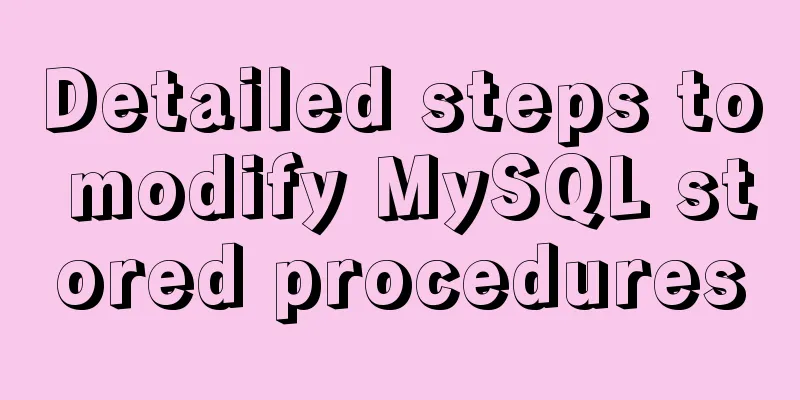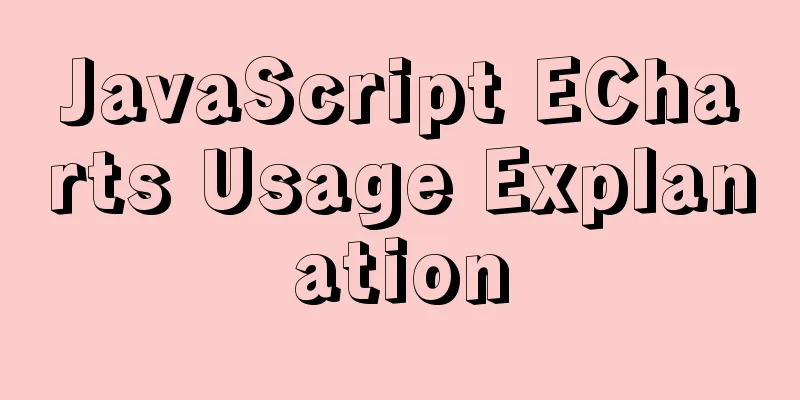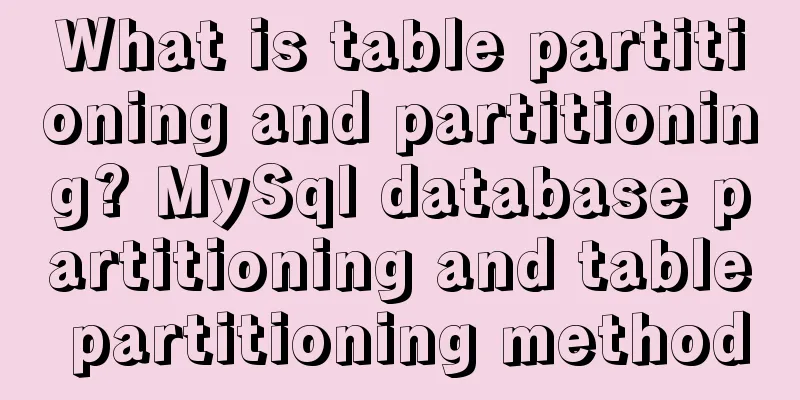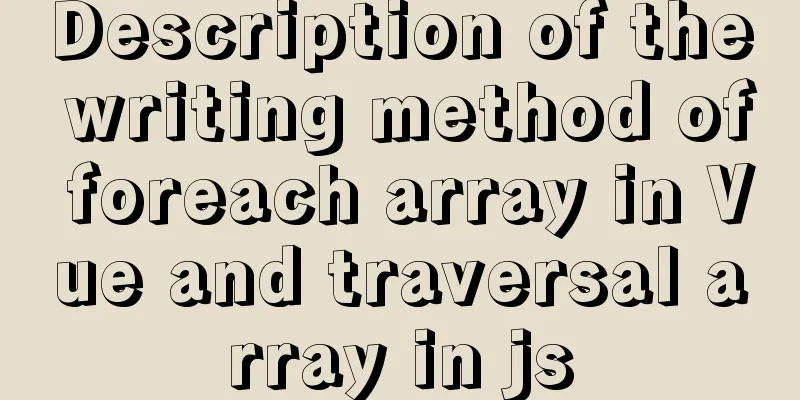Three commonly used MySQL data types
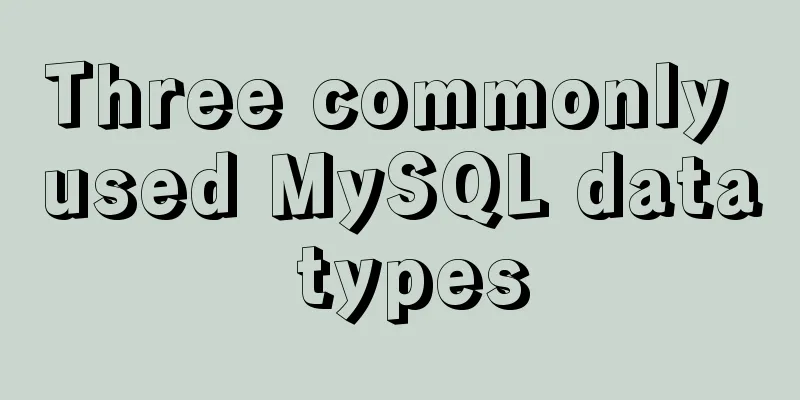
|
Defining the type of data fields in MySQL is very important for optimizing your database. MySQL supports a variety of types, which can be roughly divided into three categories: numeric, date/time, and string (character) types. Numeric Types MySQL supports all standard SQL numeric data types. These types include strict numeric data types (INTEGER, SMALLINT, DECIMAL, and NUMERIC), and approximate numeric data types (FLOAT, REAL, and DOUBLE PRECISION). The keyword INT is a synonym for INTEGER, and the keyword DEC is a synonym for DECIMAL. The BIT data type stores bit field values and supports MyISAM, MEMORY, InnoDB, and BDB tables. As an extension to the SQL standard, MySQL also supports the integer types TINYINT, MEDIUMINT, and BIGINT. The following table shows the storage and range required for each integer type.
Date and time types The date and time types that represent time values are DATETIME, DATE, TIMESTAMP, TIME, and YEAR. Each time type has a range of valid values and a "zero" value, which is used when you specify an illegal value that MySQL cannot represent. The TIMESTAMP type has a special automatic update feature, which will be described later.
String Type String types include CHAR, VARCHAR, BINARY, VARBINARY, BLOB, TEXT, ENUM, and SET. This section describes how these types work and how to use them in queries.
Notice: The n in the brackets of char(n) and varchar(n) represents the number of characters, not the number of bytes. For example, CHAR(30) can store 30 characters. The CHAR and VARCHAR types are similar, but they are stored and retrieved differently. They also differ in terms of maximum length and whether trailing spaces are preserved. No case conversion is performed during storage or retrieval. BINARY and VARBINARY are similar to CHAR and VARCHAR, except that they contain binary strings rather than nonbinary strings. That is, they contain byte strings rather than character strings. This means that they have no character set, and sorting and comparison are based on the numeric value of the column value bytes. A BLOB is a binary large object that can hold a variable amount of data. There are four BLOB types: TINYBLOB, BLOB, MEDIUMBLOB, and LONGBLOB. The difference between them is the storage capacity. There are 4 TEXT types: TINYTEXT, TEXT, MEDIUMTEXT, and LONGTEXT. The corresponding 4 BLOB types have different maximum storage lengths, which can be selected according to actual conditions. The above are the details of three commonly used MySQL data types. For more information about MySQL data types, please pay attention to other related articles on 123WORDPRESS.COM! You may also be interested in:
|
<<: Detailed explanation of vue keepAlive cache clearing problem case
>>: Looking at Tomcat's thread model from the connector component - BIO mode (recommended)
Recommend
JavaScript implements double-ended queue
This article example shares the specific code of ...
Native js drag and drop function to create a slider example code
Drag and drop is a common function in the front e...
Vue-cli creates a project and analyzes the project structure
Table of contents 1. Enter a directory and create...
How to implement navigation function in WeChat Mini Program
1. Rendering2. Operation steps 1. Apply for Tence...
Detailed explanation of various loop speed tests in JS that you don’t know
Table of contents Preface 1. for loop 2. while lo...
Detailed explanation of building Nginx website server based on centos7 (including configuration of virtual web host)
1. Nginx service foundation Nginx (engine x) is d...
The process of installing MySQL 8.0.26 on CentOS7
1. First, download the corresponding database fro...
Docker Compose network settings explained
Basic Concepts By default, Compose creates a netw...
Solve the problem of no my.cnf file in /etc when installing mysql on Linux
Today I wanted to change the mysql port, but I fo...
Two methods to stretch the background image of a web page
There are two solutions: One is CSS, using backgro...
Example of implementing the skeleton screen of WeChat applet
Table of contents What is a skeleton screen How t...
Linux type version memory disk query command introduction
1. First, let’s have a general introduction to th...
Index Skip Scan in MySQL 8.0
Preface MySQL 8.0.13 began to support index skip ...
How to sort a row or column in mysql
method: By desc: Neither can be achieved: Method ...
JS cross-domain solution react configuration reverse proxy
Cross-domain solutions jsonp (simulate get) CORS ...


